Meanwhile, China is intensifying efforts to bolster energy infrastructure construction, initiating 194 energy and power facility renewal projects. Advanced technologies continue to set new benchmarks, exemplified by the production of the world's largest 26-megawatt offshore wind turbine unit in Fujian province, and the constant record-breaking solar cell efficiencies. China's nuclear power capacity, both operational and under construction, has surged to the global forefront, underscoring China's pivotal role in driving global energy transformation and battling climate change, the NEA said.
Francesco La Camera, director-general of the International Renewable Energy Agency, highlighted China's essential role in leading the global shift toward sustainable practices.
"China is providing the world the panel, the blade, storage facilities at a reasonable price … the country is pushing the global energy transition," said La Camera.
China has to date contributed over 80 percent of photovoltaic modules and 70 percent of wind power equipment. Over the past decade, average power costs per kilowatt-hour of wind and solar power projects in China have fallen by over 60 percent and 80 percent, respectively, according to the NEA.
Amid China's rapid development, the renewable energy sector is confronted with significant challenges, with one being export obstacles stemming from geopolitical conflicts.
"China's renewable energy industry is poised to encounter substantial geopolitical hurdles. Political uncertainties following elections in various nations may trigger unforeseen policy shifts. Newly elected administrations, influenced by diverse political factions, often exhibit varying stances toward energy projects initiated by previous governments. This dynamic can lead to delays in wind and solar investments previously aligned with Chinese firms, creating dilemmas where substantial investments in finance, manpower, and technical resources may be challenging to recoup, thereby impeding project advancement," said Lin Boqiang, head of the China Institute for Studies in Energy Policy at Xiamen University.
Lin said that escalating geopolitical tensions have underscored the significance of critical mineral resources vital to the new energy sector. The surge in resource nationalism has elevated the issue of securing critical minerals for the development of equipment such as electric vehicle batteries, intensifying their role in geopolitical rivalries.
While China holds a prominent position in the global renewable energy arena and exhibits a substantial demand for critical minerals, he said the industry's reliance on foreign sources for raw materials poses challenges. Despite expertise in extracting and processing specific critical minerals like rare earth elements, China's domestic reserves of critical minerals are limited.
"In addition, forthcoming trade barriers are expected to heighten, impacting the export of Chinese renewable energy products. Despite notable advancements in sectors such as photovoltaics, wind power, and electric vehicles, China faces trade protectionist measures from countries like the United States and the European Union. These measures, encompassing tariffs and technology-related barriers, pose significant hurdles to exporting Chinese products and expanding the industry internationally."
Lin said that by conducting in-depth research on local demand, customizing products accordingly, localizing production, setting up sales and service networks tailored to specific regions, and expanding trade reach, companies can strengthen their market position.
Moreover, substantial investments in technology research and development, the cultivation of interdisciplinary teams, and a focus on improving product efficiency and performance while overcoming technological obstacles can drive innovations and increase Chinese companies' competitiveness.
Diversifying the investment destination also stands out as a solution for Chinese enterprises to mitigate geopolitical risks. This necessitates establishing factories in regions outside of the areas heavily influenced by the US' or the EU's tariffs, and areas that are characterized by high energy demand and receptivity to renewable products.
BloombergNEF said that Chinese solar manufacturers had established production facilities in Indonesia last year, with a capacity of 6 gigawatts for solar cells and 15 GW for modules.
"Indonesia currently falls outside the US' new scope of anti-dumping and anti-subsidy tariffs imposed on four Southeast Asian countries. Indonesia also mandates a certain level of local manufacturing requirements in foreign-invested solar projects, although these local content requirements were eased last year," said Tan Youru, a solar analyst with BloombergNEF.
Additionally, Chinese investments in renewable energy across the Middle East have been on the rise. A recent report by global accounting firm EY revealed that Chinese investments in solar and wind energy in League of Arab States economies surpassed $13 billion between 2018 and 2023, constituting 24 percent of total investments. The report said Chinese companies are actively expanding their footprint in the renewable energy value chain.
The domestic market also grapples with profitability challenges stemming from demand-supply imbalances. For instance, the photovoltaic industry has witnessed substantial production growth in key components like polycrystalline silicon, silicon wafers, cells, and modules, alongside significant price declines. Despite these challenges, there are signs of improvement, with procurement prices stabilizing and some projects witnessing minor price increases since mid-October, indicating a trend toward stability across the industry chain, the China Photovoltaic Industry Association said.












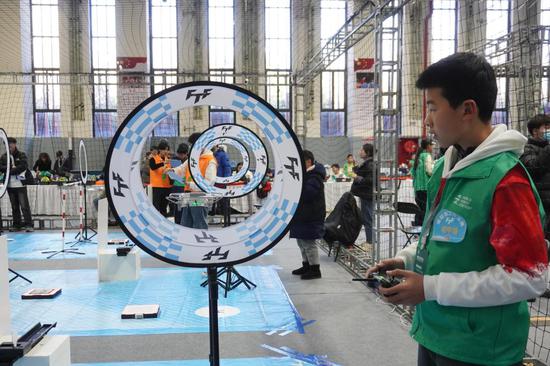


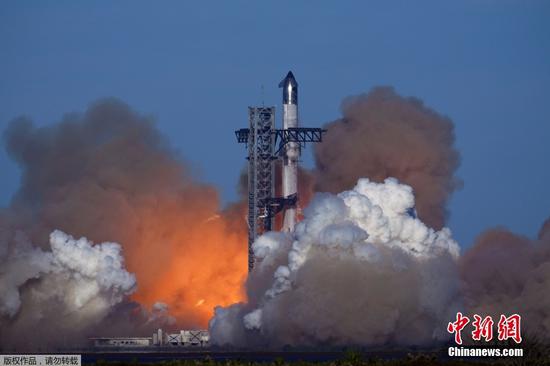
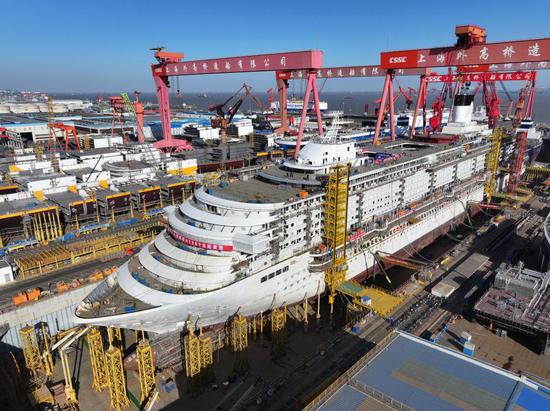
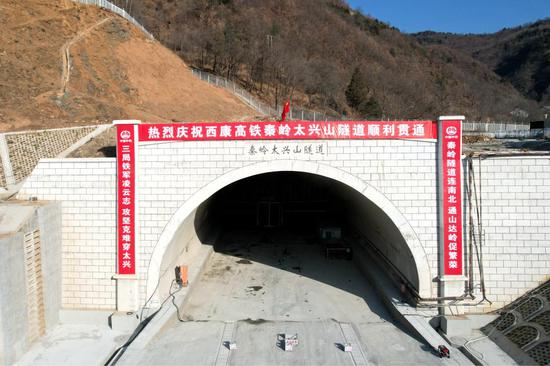



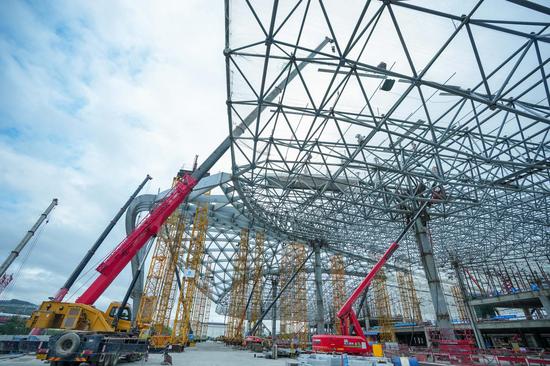





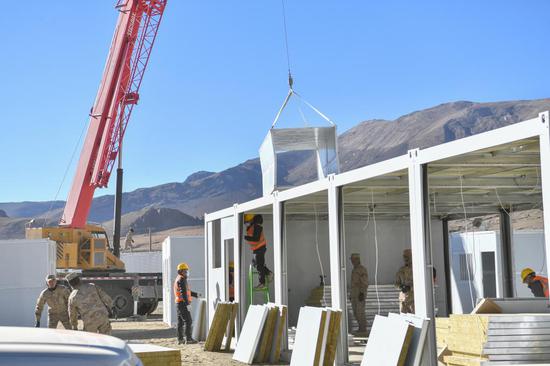








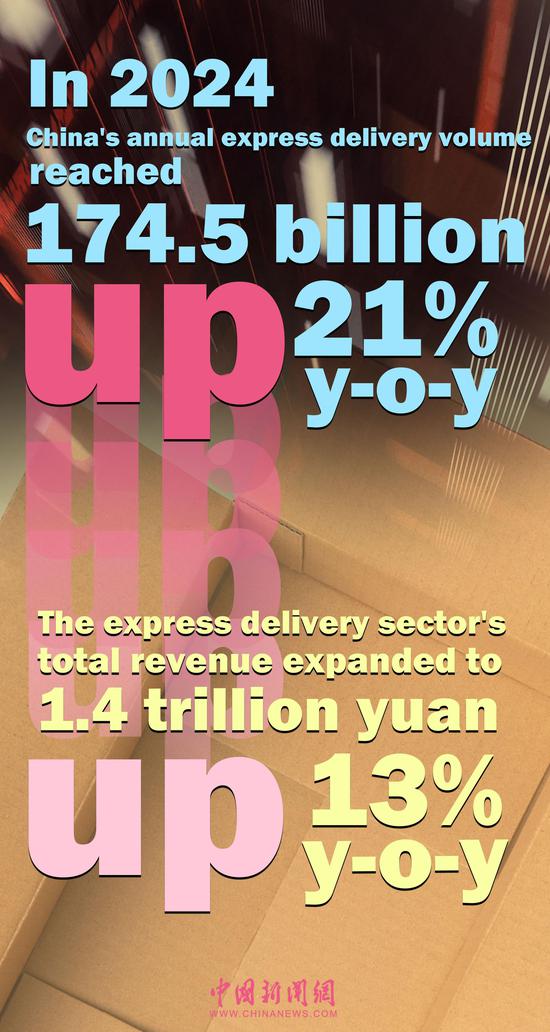





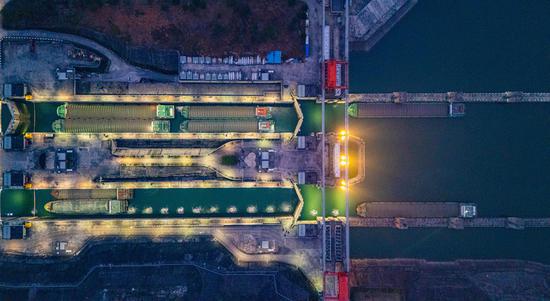







 京公网安备 11010202009201号
京公网安备 11010202009201号